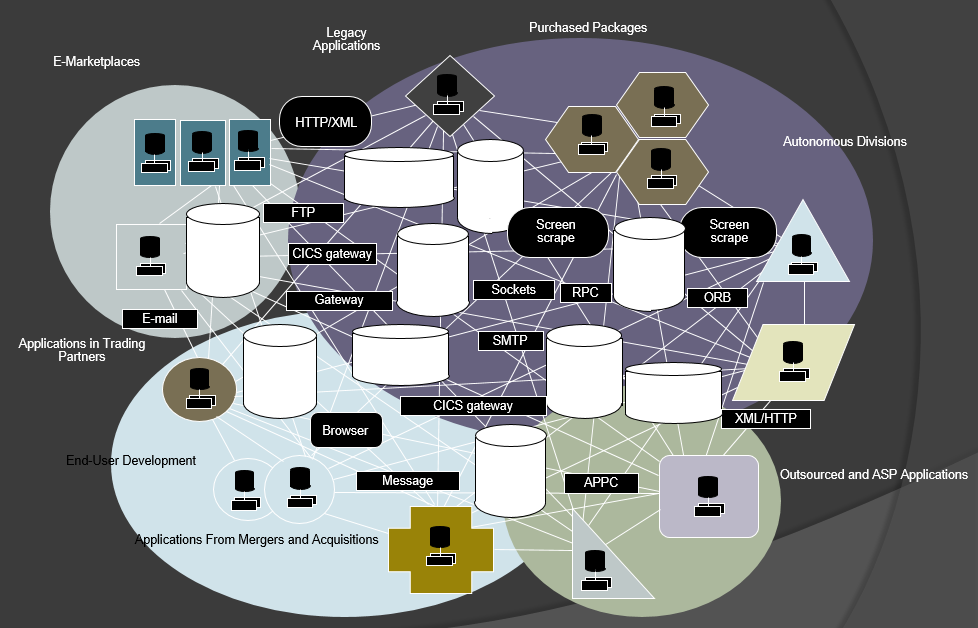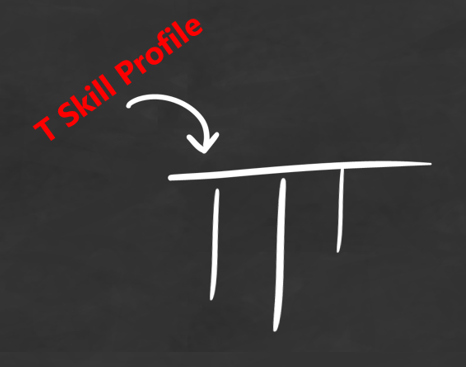
I had given my car for a service recently and it so happened that I was driving it around the city for couple of days post the service. Was getting a wobbling feeling on the left front wheel of the vehicle it then occurred to me that there could be something that could be a problem on that side of the wheel.Took the vehicle back to the car clinic only to find that the wheel post service as fixed back in place using only two nuts out of the four . It was lucky to have noticed it at least at that point of time. Did advice the floor manager to put back the wheel tightening part in the vehicle checklist before commissioning the vehicle that it is fit for the roads. It was an eye opener for the importance of having set rules and checklist for anything in your life , be it planning a trip with friends and family , checking items off your to do list or even it that means delivering software or architecture the right way. A checklist’s value is immense and is only known when you have missed something in the case of the car the crucial wheel nuts itself . As we could see that the lynch pin if it goes missing then it can be life threatening. Similar is the case with creating a product or a service , it can be mission critical if you miss that important nut or bolt that shall latch the end product.

Let’s us look at the above process which is detailed as a part of the Open Group Togaf which talks about creating an architecture compliance review process . As you can see the whole process starts off by having an architecture lead who leads the process and continues the whole chain of activities in between looks at a checklist to see all the nuts and bolts are in place and tight.
So What can be few of the checklist
- Hardware and Operating System Checklist
- How does the system design impact or involve end-user devices?
- What is the quantity and distribution (regional and global) of usage, data storage, and processing?
- What applications are affinitized with your project by similarities in data, application services, etc.? To what degree is data affinitized with your project?
- Software Services and Middleware Checklist
- Applications Checklist
- Security Scrutiny Checklist
- System Engineering Methods and Tools Checklist.
- Application Integration Checklist….etc
So what is your story around checklist . We all agree that they are the must have in an software professional’s toolkit.






